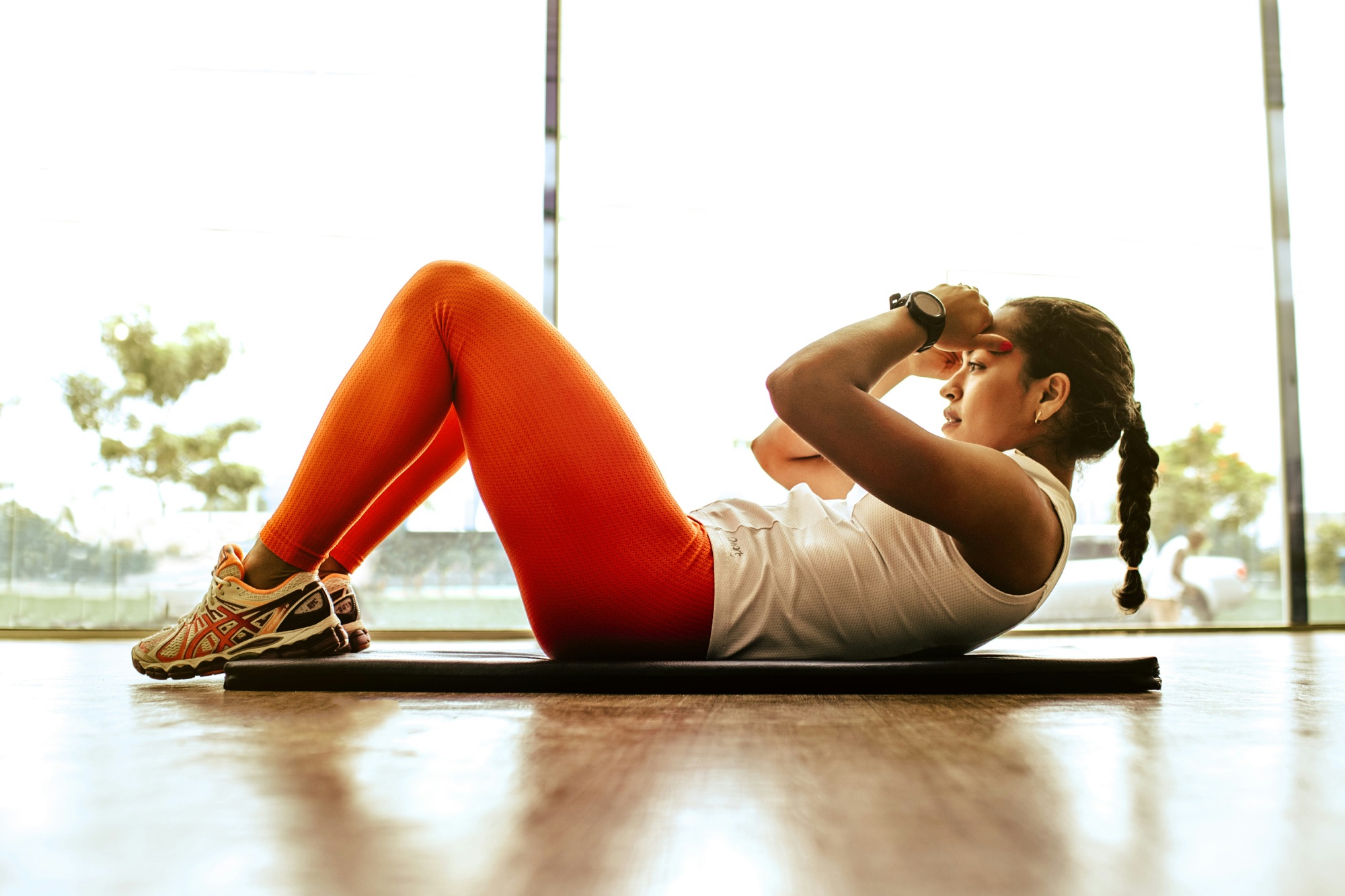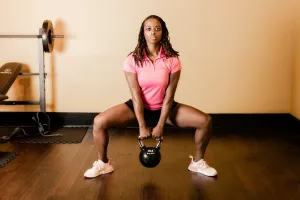When diving into the world of physical fitness, it’s common to hear the terms “workout” and “exercise” tossed around interchangeably. However, understanding the nuances between these two concepts can significantly enhance your fitness journey. Let’s break down each term, explore their differences, and see how you can integrate both into your lifestyle for maximum benefit. Exercise is like the Swiss army knife of physical activity—versatile and comprehensive. It includes any activity that gets you moving and elevates your heart rate. From a leisurely walk in the park to a vigorous swim, exercise serves a broad purpose: to improve your health, fitness, and overall well-being. It’s a crucial player in maintaining cardiovascular health, boosting metabolism, and enhancing mental well-being.
Defining Exercise
Types of Exercise
- Aerobic Exercise: This is any activity that uses large muscle groups, can be maintained continuously, and is rhythmic in nature. Think running, cycling, or swimming. Aerobic exercise is excellent for cardiovascular health and endurance.
- Strength Training: Activities like weightlifting or resistance exercises fall under this category. They focus on building muscle strength and endurance.
- Flexibility Exercises: Stretching or yoga are key here, improving the range of motion of your joints and muscles.
- Balance Exercises: Often overlooked, exercises such as tai chi or simple standing on one leg can enhance stability and prevent falls, particularly important as we age.
Practical Tips for Regular Exercise
- Consistency is Key: Aim for at least 150 minutes of moderate aerobic activity or 75 minutes of vigorous activity each week, along with muscle-strengthening activities on two or more days per week.
- Make it Social: Join a community class or find a workout buddy to keep you motivated.
- Integrate into Daily Routine: Take the stairs instead of the elevator, or park further away from your destination to incorporate more movement.
Innovative Ways to Incorporate Exercise into Your Day
- Active Commuting: Consider walking or cycling to work if feasible, or getting off public transport a stop early.
- Desk Exercises: Small movements like calf raises or seated leg lifts can be done while at your desk.
- Family Activities: Plan active outings such as hiking, cycling, or playing a sport together.
Understanding the Workout
A workout, on the other hand, is a more sophisticated beast. It’s the fine-tuned race car of the fitness world, designed with specific goals and outcomes in mind. Workouts are structured and intentional, often following a set routine to achieve particular fitness objectives like building strength, improving endurance, or increasing flexibility.
Components of a Workout
- Warm-Up: Prepares your body for the demands of the workout, gradually increasing heart rate and circulation, loosening joints, and increasing blood flow to muscles.
- Main Set: This is the core of your workout, focusing on specific goals. For instance, a strength workout might consist of sets and reps of different weightlifting exercises.
- Cool Down: Helps your body transition back to a resting state, reducing the risk of injury and promoting recovery.
Designing a Workout Plan
- Set Clear Goals: Whether it’s running a marathon, losing weight, or lifting a certain weight, define what you want to achieve.
- Periodization: Structure your workouts in cycles that manipulate various aspects like intensity and volume to optimize performance and recovery.
- Track Progress: Keep a journal or use apps to track your workouts and monitor your progress over time.
Advanced Workout Techniques
- High-Intensity Interval Training (HIIT): Short bursts of intense exercise followed by rest or low-intensity periods. This method is efficient for burning calories and improving cardiovascular fitness.
- Cross-training: Incorporating different types of workouts to improve overall fitness and reduce injury risk.
- Supersets: Performing two exercises back-to-back with little rest in between, targeting different muscle groups for enhanced efficiency.
Key Differences
The crux of the distinction between exercise and a workout lies in their scope and intent. Exercise is a broad term encompassing any movement that benefits your health, whereas a workout is a focused routine with specific targets. Workouts are designed to challenge your body progressively, prompting adaptation and improvement.
Examples of Exercise vs. Workout
- Exercise: Going for a 30-minute walk or taking a yoga class.
- Workout: Following a 12-week weightlifting program with a specific goal to increase strength.
Benefits of Each
Exercise
- Holistic Health: Regular exercise reduces the risk of chronic diseases like diabetes, heart disease, and some cancers.
- Mental Well-being: Physical activity releases endorphins, reducing stress and improving mood.
- Weight Management: Helps in burning calories and maintaining a healthy weight.
Workouts
- Goal-Oriented Results: Whether it’s muscle hypertrophy or improved athletic performance, structured workouts can lead to tangible improvements.
- Efficient Use of Time: By targeting specific areas, workouts can be more time-efficient for those with busy schedules.
- Motivation and Discipline: Following a structured plan can enhance motivation and discipline, fostering a sense of achievement.
Common Mistakes and How to Avoid Them
- Lack of Variety: Doing the same exercise or workout can lead to plateaus. Mix up your routine to continue seeing progress.
- Ignoring Recovery: Overtraining without adequate rest can lead to injuries. Make sure to incorporate rest days.
- Not Setting Clear Goals: Without clear objectives, it’s hard to measure progress or stay motivated.
Additional Pitfalls to Watch Out For
- Poor Form: Incorrect technique can lead to injuries. Consider working with a trainer to learn proper form.
- Neglecting Nutrition: Exercise and workouts need to be supported by proper nutrition. Fuel your body with the right balance of macronutrients.
- Overemphasizing Cardio: While cardio is important, neglecting strength training can lead to muscle loss. Balance is key.
Integrating Exercise and Workouts
To truly harness the power of both, it’s essential to blend regular exercise with structured workouts. This holistic approach ensures you’re covering all bases—improving general health while also targeting specific fitness goals.
Steps to a Balanced Fitness Routine
- Weekly Schedule: Plan a weekly schedule that includes a mix of aerobic, strength, flexibility, and balance exercises.
- Listen to Your Body: Pay attention to how your body responds to different exercises and adjust accordingly.
- Seek Professional Advice: If you’re new to structured workouts, consider consulting a fitness professional to tailor a plan that meets your needs and goals.
Creating a Dynamic Fitness Plan
- Evaluate Your Current Fitness Level: Before starting, assess your current fitness level to design a plan that’s both challenging and achievable.
- Incorporate Recovery Techniques: Utilize techniques like foam rolling, stretching, or massage to aid in recovery.
- Use Technology Wisely: Fitness trackers and apps can provide valuable insights into your activity levels and help keep you accountable.
The Role of Mindset in Fitness
Your mindset can significantly influence your fitness journey. Embracing a positive, growth-oriented mindset can enhance your motivation and persistence.
Developing a Positive Fitness Mindset
- Set Realistic Expectations: Understand that progress takes time, and setbacks are part of the journey.
- Celebrate Small Wins: Acknowledge small achievements to stay motivated.
- Stay Flexible: Life happens. Adapt your fitness plans as needed rather than giving up.
By embracing both exercise and workouts, you’re not just investing in your physical health but also enhancing your mental resilience and overall quality of life. This balanced approach can lead to a more fulfilling and sustainable fitness journey, transforming how you feel and perform in your everyday activities.




